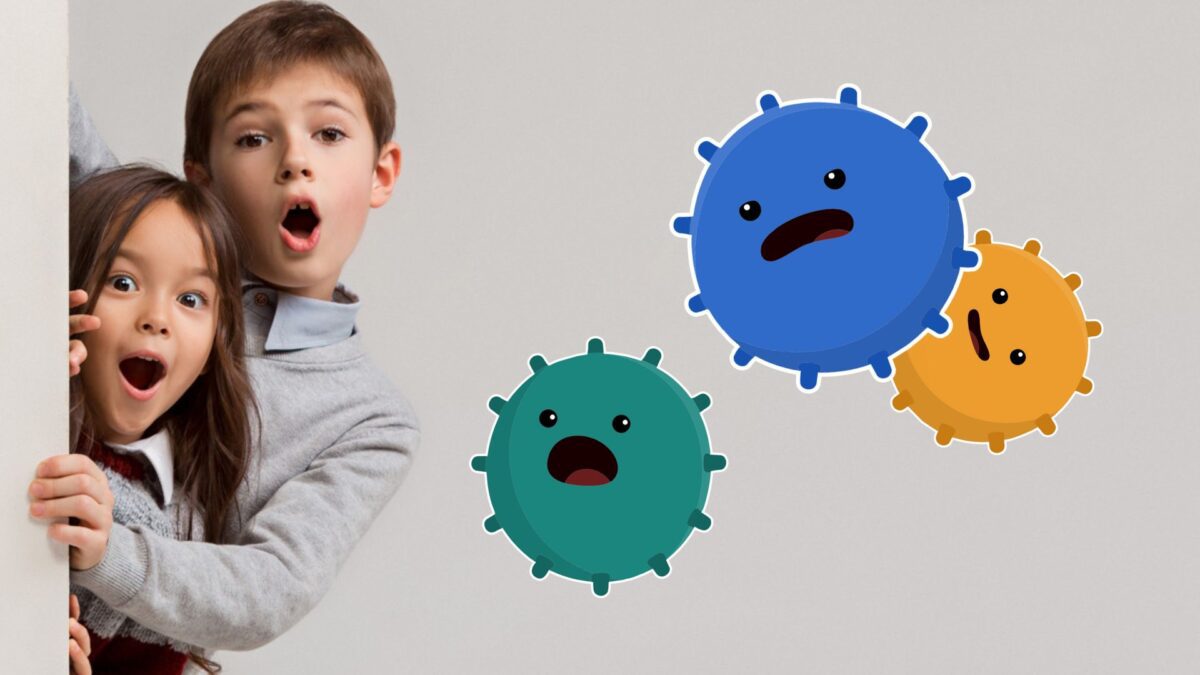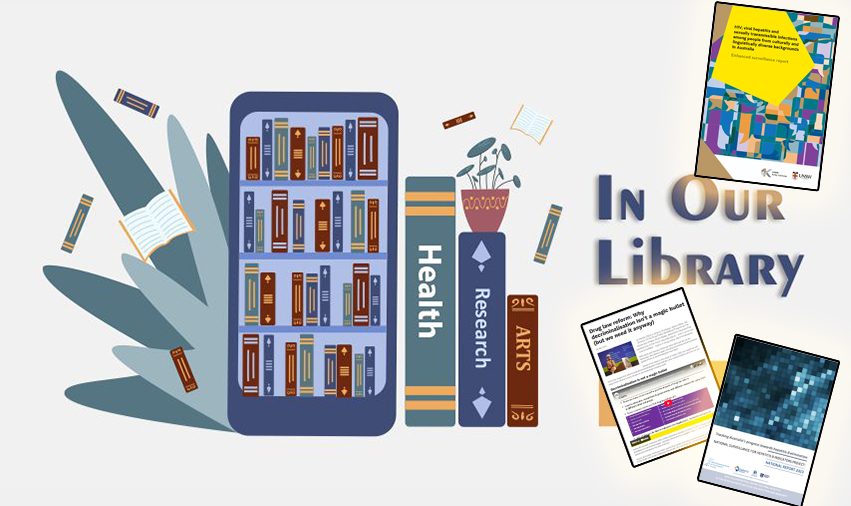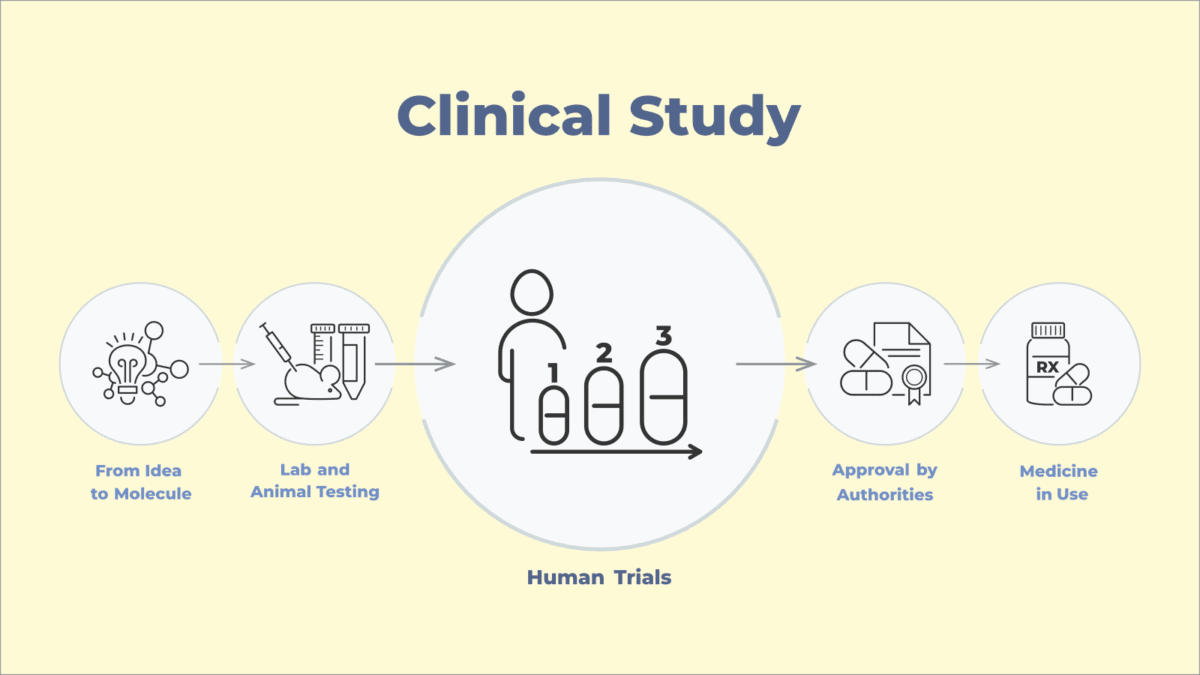In the final installment of our series on low salt eating for people with liver disease we look at the challenge of managing your sodium intake when you don’t prepare your own food. (Read Parts One and Two).
Note: This article contains general advice about lowering your sodium – you should check with your health care team about making sure your other nutritional needs are met especially if you need a high protein, high energy diet.
Keeping to a low sodium diet presents a different set of challenges when you don’t cook but despite the difficulties, there are benefits.
Benefits and costs
| Benefits | Costs |
| May allow those who can’t follow the No Added Salt Diet to reduce their sodium intake and avoid or reduce ascites | Not as healthy or nutritious as the No Added Salt Diet |
| Able to continue eating a diet that is similar to what you are used to | Most people will still need to make some changes to what they are eating |
| More expensive than cooking from scratch | |
| Involves tracking so has the same costs & benefits we covered in our previous post |
If you don’t prepare your own meals but want to reduce your sodium you will need to be able to:
- read nutrition labels
- look up estimates of sodium content for foods without labels (try CalorieKing)
If you want to be certain that you are staying within the recommended daily limit you will also need to track the sodium you’ve consumed for the day. (See our previous posts on the No Added Salt Diet, and Tracking your daily sodiumTo see other low-salt related posts click on the ‘low sodium’ tag.
You will also probably need to change some of the foods that you eat. The examples below show how high in sodium most takeaway and pre-prepared foods are (remember, we are aiming for a maximum of 2,000mg per day):
- Big Mac – 933mg
- Domino’s Mega Meat Lovers Pizza (3 slices) – 1413mg
- Takeaway Pad Thai – 1232mg
- Subway Italian BMT 6” – 1010mg
- Meat Pie – 875mg
However, small changes can make a real difference to how much sodium you’re eating over the day. Below are some strategies for you to try.
Eat fresher, less processed foods for breakfast and lunch
Eating lower sodium foods for your breakfast, lunch and snacks can give you more leeway when choosing foods for dinner.
Note: Throughout this article you will see notes from Hepatitis SA staff and friends on foods we’ve reviewed. These are our personal opinions and the list isn’t comprehensive. There there are likely other brands that are just as good that we haven’t tried.
Breakfast
Low salt cereals – Penni recommends the Jordan’s Cereals brand. They’re no added salt and she says they’re delicious.
- oats
- banana or other fresh or canned fruits
- lower salt breads (Burgen is lower sodium) with no salt nut butters, no salt butter, jam or honey
- baked beans (reduced salt)
- eggs (you can even microwave them)
- avocado toast
- tinned mushrooms on toast
- yoghurt
Many of these foods are also great for lunch (or even a simple dinner) or a snack.
Lunch
- wraps or sandwiches with lower salt fillings. See our first blog post for wrap & sandwich suggestions
- soups – go for the ones from the fridge rather than tinned
The www.findlowsaltfood.info website keeps a list of low salt foods available in Australian supermarkets.
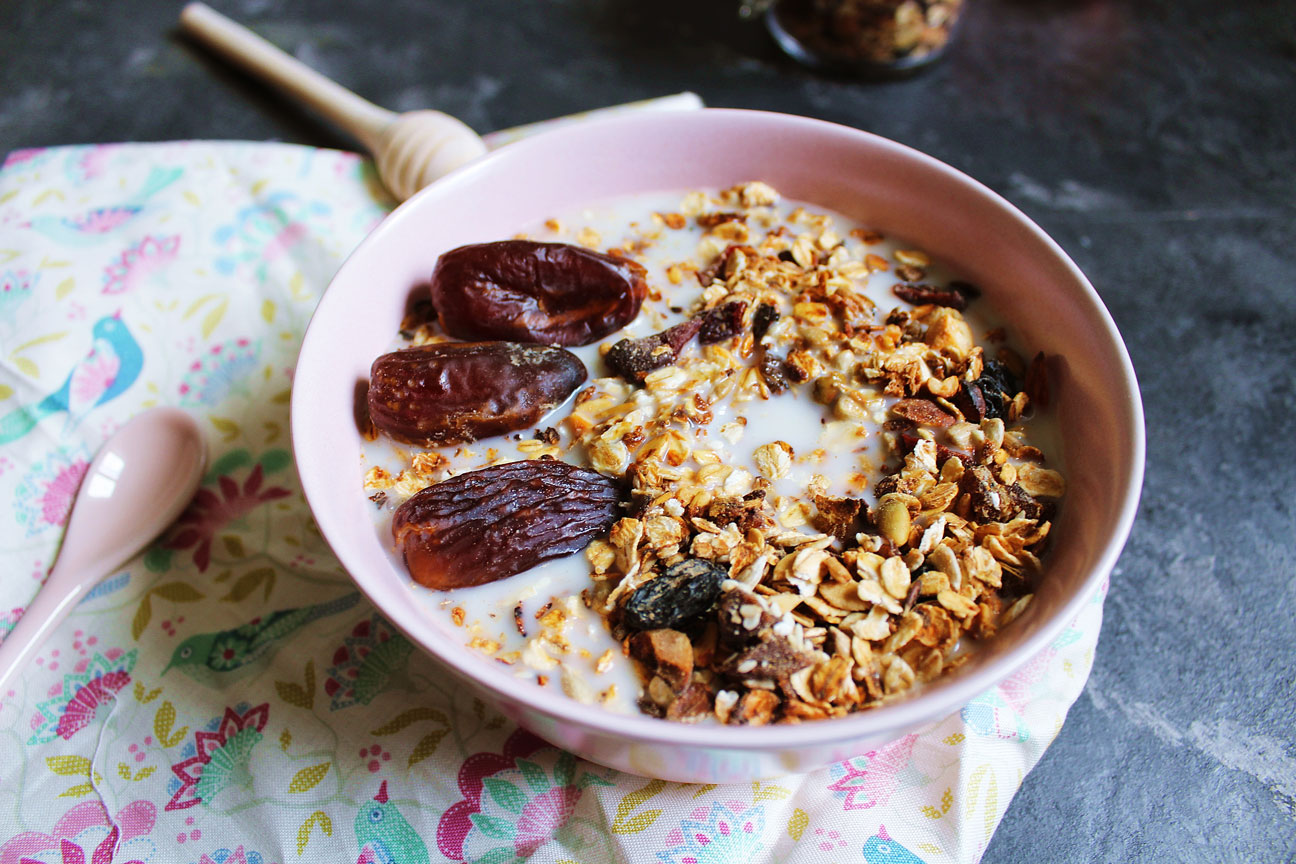
Choose healthier frozen or prepared meals
Two options for healthier frozen meals are the Supernature and Michelle Bridges Woolworth’s brands. They are both lower in sodium and also provide more protein and vegetables in their meals than many other brands. Nutrition info is on their websites. I really like the Supernature ones, they’re some of the best frozen meals I’ve tried.
YouFoodz have fresh prepared meals that you can have delivered or buy at some shops (mostly Drakes and Foodland). Nutrition info is on their website. Fred has tried a few and really enjoyed them.
LitenEasy also deliver meals. They have nutrition information for all of their dinners (but not all of their other meals) on their website. Di likes the dinners aside from the pastas. She suggests varying them with other meals because she doesn’t find them as nutritious as homemade.
You may be eligible for Meals on Wheels . Speak to them about your sodium requirements.
If you’re prepared to do some cooking then Hello Fresh provides ingredients and instructions for you to prepare meals at home. Nutrition information is on their website but you will need to watch out for their spice/flavouring sachets as they don’t tell you what’s in them and it’s probably high in sodium. Lisa likes this option, especially as her son prepared dinner for the whole family for the first time just by following the recipe card!
MarleySpoon are a similar company but they don’t provide any sodium information on their meals.
Choose lower sodium takeaways
Sodium levels can really vary from product to product even within the same takeaway chain. Here are some alternatives to the high sodium examples given earlier.
| Instead of: | Have: |
| MacDonald’s Big Mac – 933mg | MacDonald’s Fillet-o-Fish – 613mg |
| Domino’s Mega Meat Lovers Pizza (3 slices) – 1413mg | Domino’s Garden Vege Pizza (3 slices) – 756mg |
| Takeaway Pad Thai – 1232mg | Supernature Frozen Chicken Pad Thai with Rice Noodles – 990mg |
| Subway Italian BMT 6” – 1010mg | Subway Oven roasted chicken 6” – 477mg |
| Meat Pie – 875 mg | Frozen Sargents Aussie Angus Beef Family Pie (1/4 of pie) – 530mg |
Most companies make their nutrition information available online and they should also have the printouts available for you to look at in-store if it isn’t a part of their menu. The Healthy Food Guide provides more tips for choosing healthier takeaway.
Bulk out your meals with filling and nutritious low sodium foods
- Plain rice pouches from SunRice and Tilda are low in sodium. Tilda also has varieties with pulses, other grains and flavourings although some of these are higher in sodium so check before buying. I highly recommend both of these brands, the ones I’ve tried have been very good.
- No Added Salt beans are also a great option and lentils will blend in with many foods such as pastas, curries and stews.
- Frozen veggies, especially peas and corn will help fill you up without adding more sodium or learn how to cook fresh veggies in the microwave.
- Try other types of vegetable such as vacuum packed cooked beetroot, bags of spinach, tinned baby potatoes and tinned buttered mushrooms.
- There are also some varieties of grain and vegetable mixes in the freezer section now.
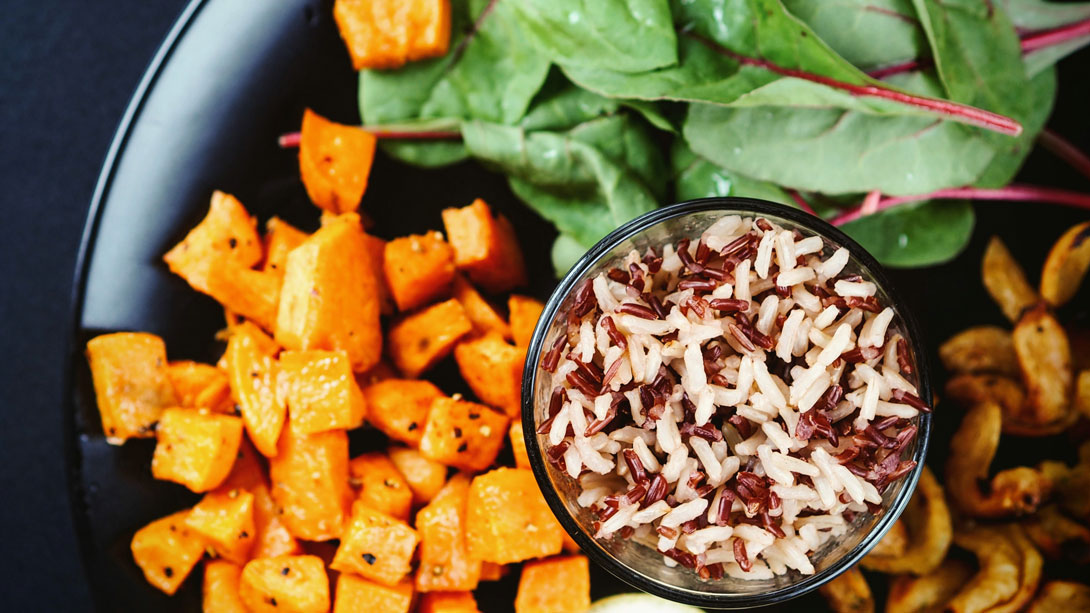
Learn to prepare some simple meals
Learning to cook some simple meals will give you some more low sodium options. Here are a few ideas to get you started –
- Frozen salmon with mash made in the microwave.
- Stirfry – combine a supermarket stirfy veg pack, a pack of beef strips, chicken strips or tofu and a pouch of rice. Try one of the Kikkoman brand marinades for a soy sauce taste with a fraction of the salt (you will still need to measure it).
- Easy one baking pan roast chicken dinners.
- Microwaved or oven baked potato with tuna or beans with a cheesy topping (mozzarella is a lower sodium option).
- Joy and her grandson recommend Safcol Garlic & Chilli flavoured tuna with pasta & frozen peas.
- Frozen ravioli. Joy recommends the South Australian brand AR Premium Foods Beef Ravioli with a lower sodium pasta sauce. Not all pasta sauces are equal. A recent study found one Barilla variety to have 90 times more sodium than other brands, so be sure to check before you buy.
We hope this series of posts has provided you with some ideas for managing your salt intake no matter what your level of skill or interest in cooking is.
If you feel that you aren’t up to tackling this by yourself, get some help. A registered dietician should be able to help you create a meal plan that is satisfying and enjoyable for you while meeting your salt intake and other nutrition needs. Remember, any eating plan is a good one only if you actually follow it! Speak to your nurse or doctor about a referral and it may be subsidised as part of a care plan.
Last updated 16 July 2024
More from:
Enjoyed this article? Subscribe to be notified whenever we publish new stories.
Subscribe for Updates



